You are here
History of town of Sygnak.
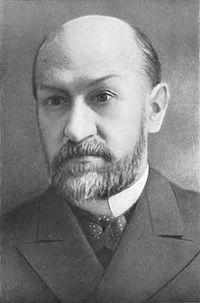
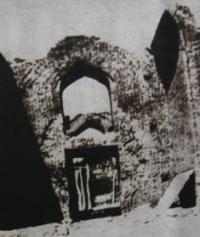
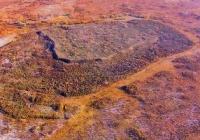
An Kazakhstan Silk Road Destination.
“In the past, this country was free from worries,
She was the abode of the people of knowledge,
The author of the composition "Nihaya" came from her;
From her came the interpreter of difficult passages "Hidaya".
If we had to live for our share,
We would have become a teamnak for the second time.”
Medieval ancient settlements of Kyzylorda region.
The ancient settlement Sunak-Ata corresponds to the medieval town of Sygnak. Its remains are located two kilometers to the north, from the village of Sunak ata, which is located on the Kyzylorda-Shymkent highway towards Kyzylorda.
The name of the city is well known from written sources and coins minted here in the XIV century. The town of Sygnak was first mentioned in the sources of the Xth century, and in the XIth century, it was named by Mahmud of Kashgar among the Oguz towns.
In the XII century Sygnak became the capital of the Kypchak state association. In the middle of the XIIIth century, Sygnak under the name Sgnakh was mentioned only once in the list of cities visited by the Armenian king Getum I.
In the second half of the XIV century, the towny became the Capital of Ak-Orda. In Sygnak the khans Erzen, his son Mubarek-Khodja, Urus khan, Tokhtamysh rule. There was a mint here, and intensive construction was underway.
After the unsuccessful struggle between Tokhtamysh and Timur, the town was captured by Timur's grandson Ulugbek, who tried to establish himself on the Syr Darya, but was defeated in 1423 and was thrown back to Central Asia by the troops of Barak, the grandson of Urus Khan.
In the XVI - XVIII centuries. Sygnak belonged to the Kazakh khans and was the largest town in the lower reaches of the Syr Darya. At its bazaars, goods from 500 camel packs were sold every day, in the vicinity they cultivated fields irrigated by the Ordakent, Kyzyltal, Buzgul-Uzyak, Tyumen-Aryk canals and others brought out of the Syr Darya.
"The harbor of Deshti Kypchak" was the name of Sygnak at that time. Among the numerous goods, "the best bows and arrows" were famous, brought by the steppe people, who bought grain, fabrics, and luxury goods here.
The historian Ruzbihan writes that the inhabitants of Sygnak, in addition to agriculture, crafts and trade, are engaged in hunting. "The steppes around Sygnak are covered with grass and trees, where, like sheep, herds of wild goats, rams and other animals graze.
The inhabitants hunt them in the summer and prepare meat for the winter; game is extremely cheap here." There is a lot in common between them - both Sauran and Sygnak existed at about the same time: two large trading cities in three caravan crossings from each other. But the walls of Sygnak have hardly survived.
And the settlement itself is densely overgrown with jingil, over which only dilapidated watchtowers rise. More than two hundred years have passed since the last inhabitants left this once famous town. In historical sources, Sygnak was first mentioned in the Xth century, although according to archaeological data, the town arose two centuries earlier.
At the same time, artifacts dating back to the Vth century were found on the site. In the XI century, Mahmud Kashgar calls it one of the cities of the Oguz. And in the next century Sygnak was already the capital of the tribal union of the Kipchaks.
This town was called “the land harbor of the Kipchak steppe”. According to contemporaries, “there were a lot of people here and every day 500 camels with packs came to the market, of which not a single one remained unsold by evening”.
The Persian historian Ruzbihan writes about Sygnak: “... from the side of Desht, from Khadzhi Tarkhan (Astrakhan), many goods are delivered, fatty sheep and other valuable goods, such as fur coats, quiche and mud, that is, from sable and squirrel, tight bows , arrows from white birch, silk fabrics and other valuable items. M
erchants of the regions of Turkestan, Maverannahr and from the east to the borders of Kashgar, Khotan bring goods of these countries to Sygnak and make trade deals and exchange with the people of Dasht." In general, little should be said about the Kipchaks.
In the XI century, the Syrdarya and Aral steppes received the name Desht-i-Kipchak. As the Kipchaks settled and rose, the new name spreads to the west. By the end of the XI - the beginning of the XII century. The "Kipchak steppes" (Desht-i-Kipchak) are becoming a huge strip of Eurasia - from the Irtysh to the Danube.
Serzhan Akhinzhanov, the largest expert on the Kipchaks in our country, untimely and tragically passed away, with whom the author was lucky to be acquainted, in his monograph His mausoleum, which has not survived to our time, was known as Kok-Kesene, contemporaries described it as "a very tall building."
At that time, the area of the shakhristan, surrounded by a partially preserved wall with 15 towers, was about 10 hectares. The area of the suburb surrounded by an earthen rampart is about 13 hectares. Water entered the town from the 20-kilometer Tyumen-Aryk canal from the Syrdarya, as well as mountain rivers flowing from the slopes of the Karatau.
Sygnak was not only a trade, but also an important agricultural center. The entire subsequent history of Sygnak is the history of wars for its possession. Doctor of Historical Sciences Karl Baipakov notes that in the 80s of the 16th century, Sygnak was seized by Mohammed-Sheibani, and then by the Kazakh Khan Burunduk.
For some time Sygnak was a large economic center in the possession of the Bukhara khan Abdalla, after which it again went to the Kazakhs. Due to constant wars, decline sets in. And historians of that time write that "Sygnak in ancient times was flourishing, was surrounded by large buildings and cultivated fields, rich in various products and was a trading point for the Kazakh people." But the trade continued for some time, and, according to contemporaries, merchants from Turkestan and Khotan came to Sygnak to trade with the Kazakhs.
According to one of them, Kazakhs sold here kaftans made of sheep's wool, which were then resold in Bukhara and sold at the price of satin caftans - "so beautiful and thin they are!" It is interesting that at that time, along with the Kazakhs, many Karakalpaks lived in Sygnak and its district, who until the middle of the XVIIIth century were subordinate to the Kazakh khans.
The ruinous wars and the general decline of the region's economy did their job. In the middle of the XIXth century, Sygnak was completely empty. Now the place of the once large city is called the ancient settlement Sunak-ata, whose area is 20 hectares, which is two times less than Sauran.
The settlement Sunak-Ata (the ruins of Sygnak) now has the shape of an irregular pentagon. Around Sygnak there were cultivated agricultural lands irrigated by canals withdrawn from the Syrdarya, Tyumen-aryk and Buzgil-Uzak, as well as rivers flowing from Karatau - Mynbulak, Chulak, Arslandi, Kizil-talom, Kelte-Chagiz, the channels of which are still preserved in the area of the settlement.

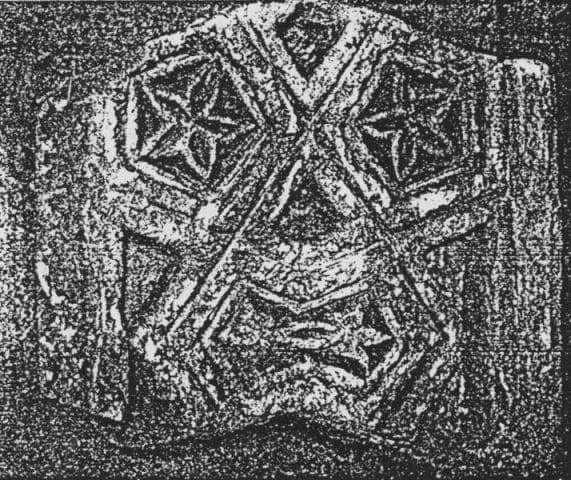
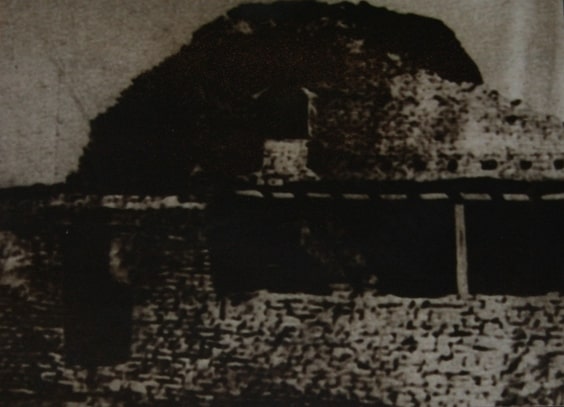
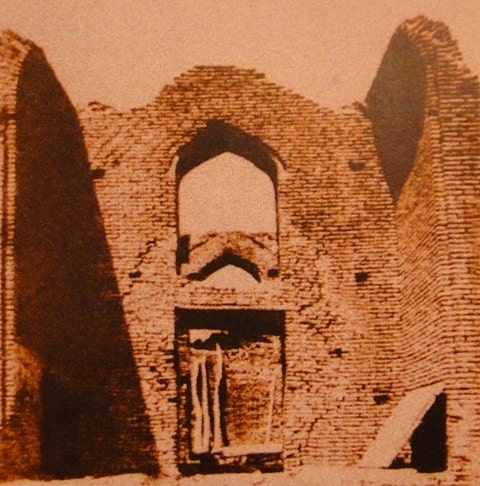
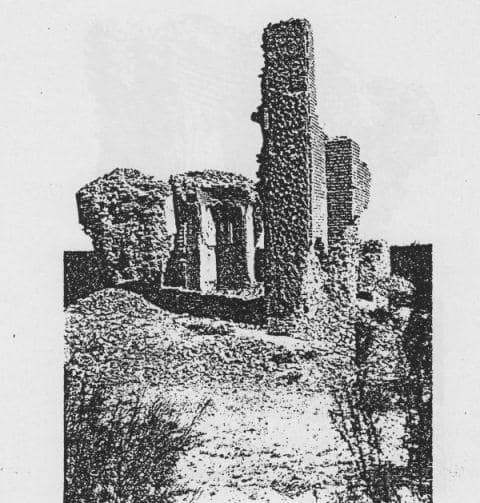
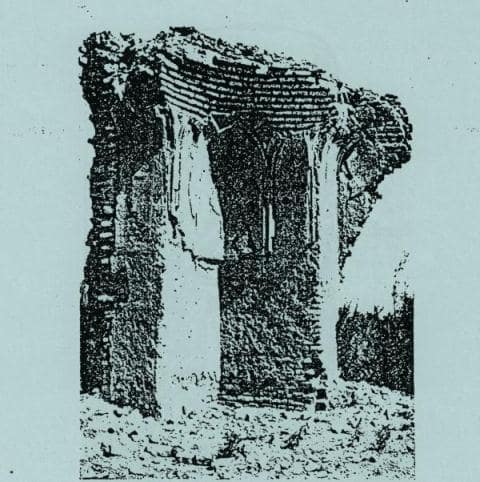
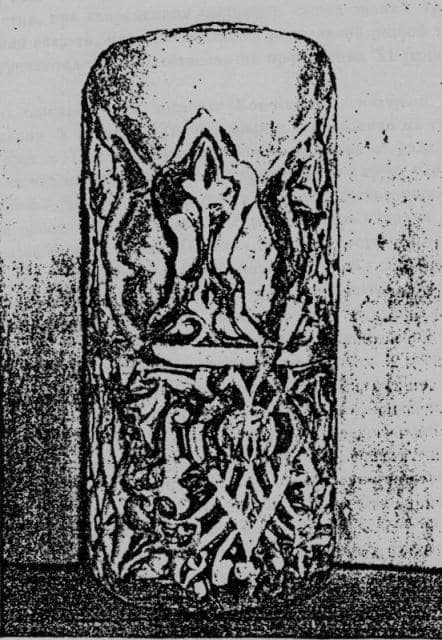
Authority:
"Monuments of Central Asia". Author M. Khashimov. Publishing house "Saga", 2001. www.farsah.kz
. "Ancient Kazakhstan" Arias, Sakas, Huns, Turks. Children's encyclopedia of Kazakhstan. Almaty, 2007, publishing house Aruna. Medoev A.G.
Photos
used from the books of VV Bartold and A. Yakubovsky "The Ruins of Sygnak".







